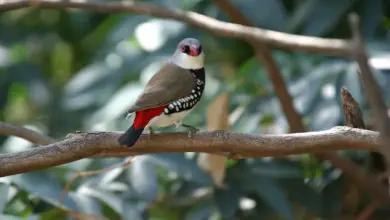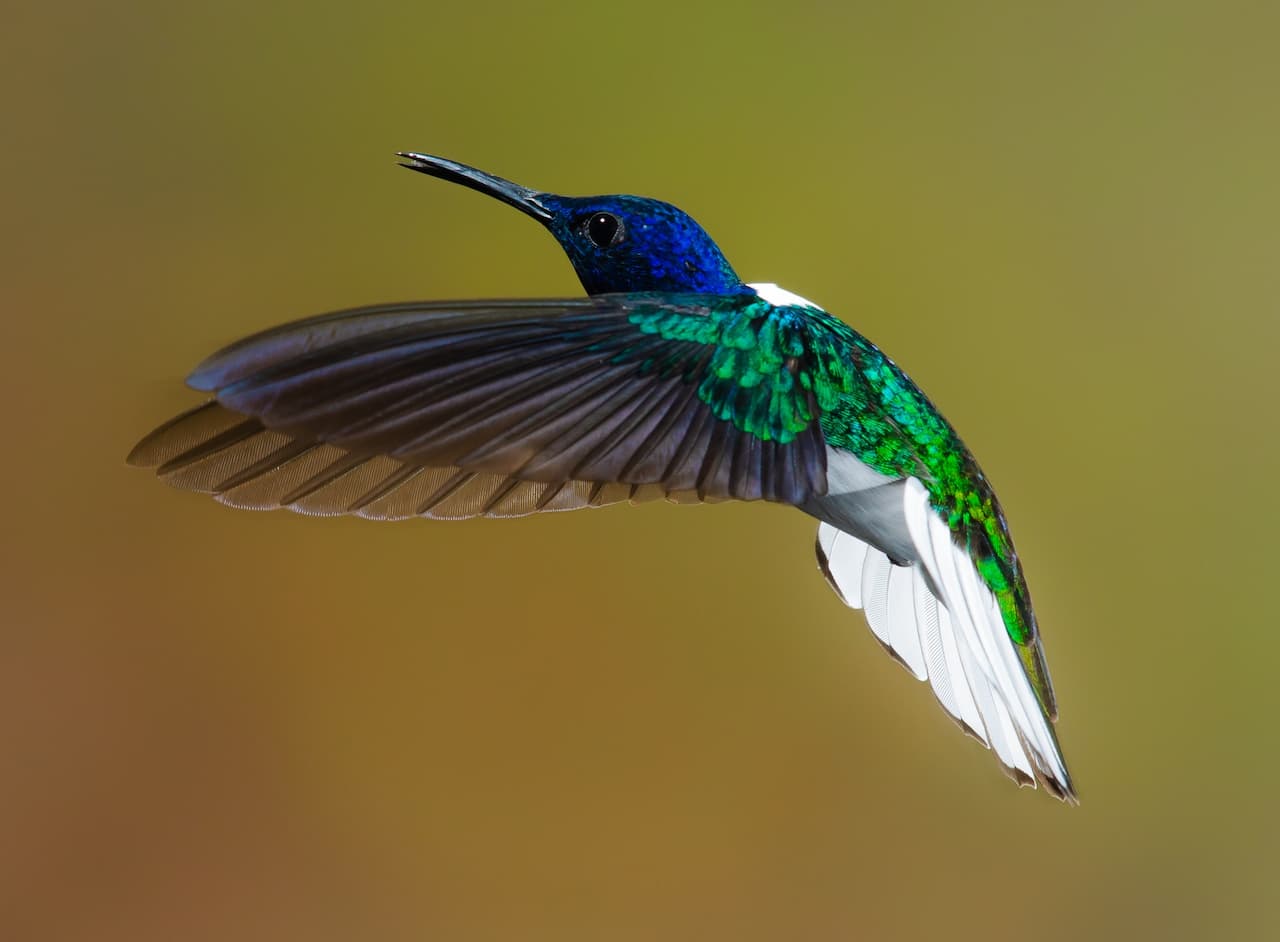Cordon Bleu Finches / Blue Capped Cordon Bleu
The Blue-capped Cordon-bleu Finches (Uraeginthus cyanocephalus) is native to East Africa. This small finch does fairly well in captivity given adequate conditions.
Please also see: Red-cheeked Cordon Bleu Finches
Information courtesy of Mandy and Paul – Breeder of Canaries and Other Exotic Birds – Singing Wings Aviary – www.singing-wings-aviary.com
Description:
The Blue-Capped Cordon Bleu Finches are very striking African birds. The male’s head, body and tail are deep sky blue in color with the wings, underbelly and back being fawn/beige. Females lack the sky blue coloring covering the whole head instead, the top of the hen’s head is the same color as the wings. The face, breast and tail of the female species are sky blue like the male but appear much duller. Young males resemble hens
Size:
These small African waxbills range from 4-5 inches (10-12.5cm).
Origin:
Blue-Capped, Red-Cheeked and the common Cordon Bleus all originate from Africa.
Sub-species:
- Blue-breasted Cordon-bleu, Blue Waxbill, Common Cordon Bleu (Uraeginthus Angolensis) – Hens are slightly duller than males!
- Red-Cheeked Cordon Bleu (Uraeginthus Bengalus) – Red cheeck patches present on males only!
Diet:
A good Cordon Bleu diet must include a small seed mix such as Finch which includes a mixture of millets and seeding grasses. This waxbill is highly insectivorous and will require live food.
Ant eggs, small mealworms, waxworms and fruit fly larva can be mixed in with soft food and offered daily.
Fresh water, cuttlebone and grit should also be supplied at all times.
Lettuce, Spinach, Chickweed, spray millet, Eggfood, Brocolli tops and Carrot tops can also be offered on a regular basis.
General Care:
Do not forget to trim your Cordon Bleu’s nails on occasion and provide bath water daily.
Compatibility:
This bird is a good specimen for a mixed aviary provided there is plently of room and other birds out number the Cordon Bleus. During the breeding season or when you have Cordon Blue males housed together they will become agressive towards the same species in the presence of females.
Housing:
These birds do best in a large planted aviary with mixed species. If you are wanting them to breed you can try seperating them by pairs into large flights. Do not confine them to small breeding cages or they will become bored and feather plucking/aggression will become a problem. Some heat will be required durring winter months so these birds are best suited for large indoor aviaries.
Song:
Blue-Capped Cordon Blues have a wonderful melodious call. Both sexes of these birds will call and dance. The males song or call is slighty different then the hens but unlike most bird species both sexes will sing!
Breeding:
In the usual courtship display you will see the male carry a blade of grass or nesting material in his mouth and begin to dance on the perch. He will bounce from perch to perch if possible with the hen following him and responding by singing.
Cordon Bleus lay around 4-6 eggs which are incubabted for about 12-14 days.
While they can’t be considered easy to breed they will breed in captivity providing they are supplied with large planted flights with nests and care is taken with their diet.
My Blue-Capped Coron Bleus prefer to nest in round grass huts with a small hole in the upper center.
I must say while my pairs have laid eggs and incubated well they seem to stop feeding or toss the babies for no apparant reason.
When this happens I try to relocate the baby Bleus with Society foster parents. This works fairly well in most cases.
Further Finch Reading
- Finch Information
- Index of Finch Species
- Photos of the Different Finch Species for Identification
- Common Health Problems of Finches
- Finch / Canary Diet / Nutrition




